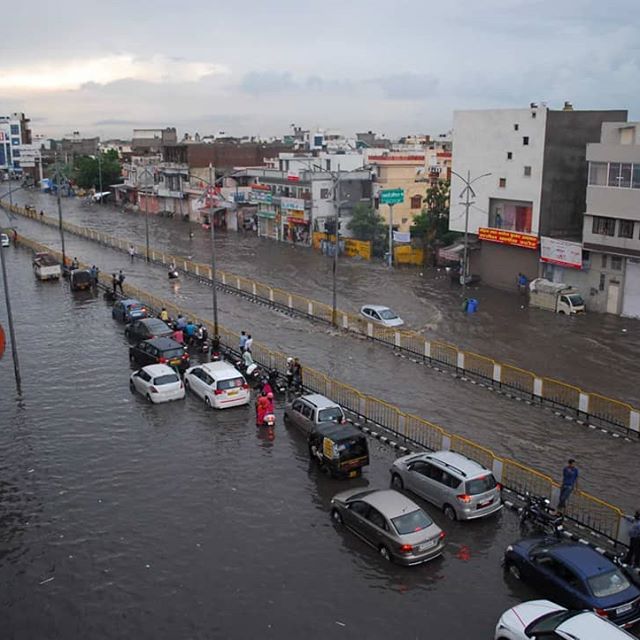WHAT IS NATIONAL DISASTER MANAGEMENT PLAN(NDMP) – 2016 ???
Section 11 of the Disaster Management Act 2005 mandates that there shall be a National Disaster Management Plan (NDMP) for the whole of India.
The National Disaster Management Plan (NDMP) provides a framework and direction to the government agencies for all phases of disaster management cycle.
The NDMP is a “dynamic document” in the sense that it will be periodically improved keeping up with the emerging global best practices and knowledge base in disaster management.
It is in accordance with the provisions of the Disaster Management Act, 2005, the guidance given in the National Policy on Disaster Management, 2009 (NPDM), the Sendai Framework For Disaster Risk Resilience 2015-2030 and the established national practices.
The NDMP provides a framework covering all aspects of the disaster management cycle.
It covers disaster risk reduction, mitigation, preparedness, response, recovery, and betterment
Within each state, the state government is primarily responsible for disaster. However, in situations where the resources of the state are inadequate to cope effectively with the situation, the State
Government can seek assistance from the Central Government
The NDMP provides a framework with role clarity for rapid mobilization of resources and effective disaster management by the Central and State Governments in India. While it focuses primarily on the needs of the government agencies, it envisages all those involved in disaster management including communities and non-government agencies as potential users.

OBJECTIVES OF NDMP ????
Along with the mandate given in the DM Act 2005 and the NPDM 2009, the national plan has
incorporated the national commitment towards the Sendai Framework. Accordingly, the broad
objectives of the NDMP are:
1) Improve the understanding of disaster risk, hazards, and vulnerabilities
2) Strengthen disaster risk governance at all levels from local to centre
3) Invest in disaster risk reduction for resilience through structural, non-structural and financial
measures, as well as comprehensive capacity development
4) Enhance disaster preparedness for effective response
5) Promote “Build Back Better” in recovery, rehabilitation and reconstruction
6) Prevent disasters and achieve substantial reduction of disaster risk and losses in lives,
livelihoods, health, and assets (economic, physical, social, cultural and environmental)
7) Increase resilience and prevent the emergence of new disaster risks and reduce the existing
risks
8) Promote the implementation of integrated and inclusive economic, structural, legal, social,
health, cultural, educational, environmental, technological, political and institutional
measures to prevent and reduce hazard exposure and vulnerabilities to disaster
9) Empower both local authorities and communities as partners to reduce and manage disaster
risks
10) Strengthen scientific and technical capabilities in all aspects of disaster management
11) Capacity development at all levels to effectively respond to multiple hazards and for
community-based disaster management
12) Provide clarity on roles and responsibilities of various Ministries and Departments involved
in different aspects of disaster management
13) Promote the culture of disaster risk prevention and mitigation at all levels
14) Facilitate the mainstreaming of disaster management concerns into the developmental
planning and processes
